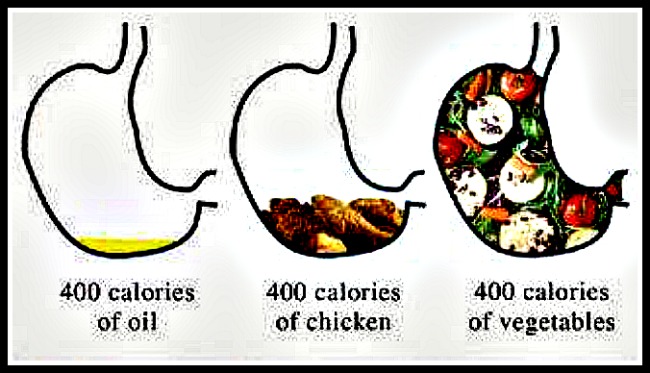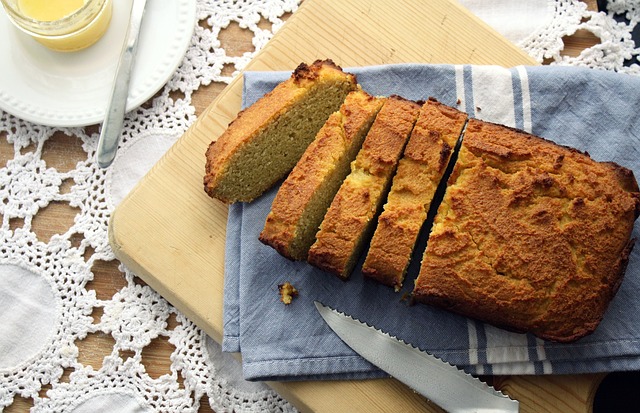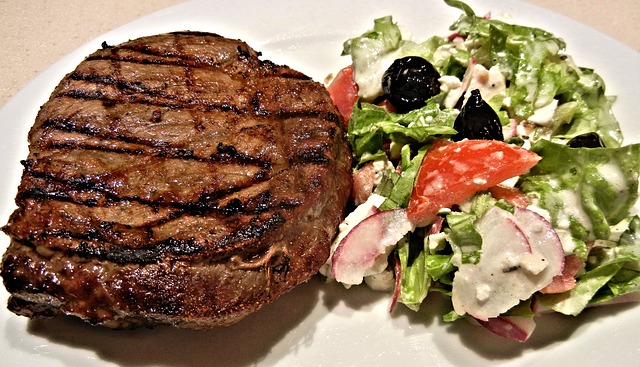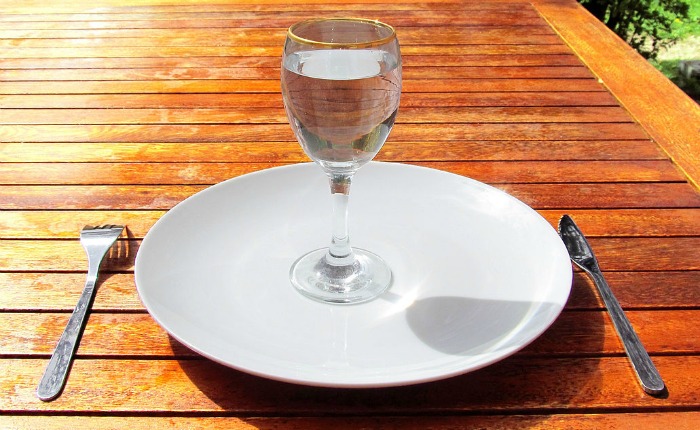6 Fad Diets Friendly to the Word of Wisdom
As Latter-day Saints, we place great emphasis on being healthy. Paul tells us we are “the temple of God” and that the Spirit may dwell within us if we are not defiled (1 Corinthians 3:16-17). With this injunction and revelations such as the Word of Wisdom, Mormons are naturally prone to trying to eat healthy on average. Sometimes though, we fall into the trap of fad diets.
We can assume that many of these diets actually work in the realm of weight loss, but which ones coincide with what the Word of Wisdom actually tells us? Let’s be honest, some of those fad diets are just dumb. Here are some that do fall in line with modern revelation.
Word of Wisdom Criteria

For us to see how these diets go up against the Word of Wisdom, we should probably look at some of the criteria given to us by the actual revelation. From my studies of modern revelation and prophets, I’ve come up with the following criteria that I have put up against the following diets. It’s not comprehensive, but I believe the most important parts are there.
The criteria:
- The diet is enjoyable.
- The diet excludes harmful substances such as:
- Tea
- Coffee
- Alcohol
- Tobacco
- The diet may include:
- Fruit
- Vegetables
- Moderate Proteins
- Herbs such as legumes or spices
- Grains
- The diet does not exclude:
- Meats*
*This is somewhat of a caveat because there is nothing I found that says you have to eat meat. All I have found is that you can’t deny someone from eating meat. I take this to mean that refraining from meat for dietary preference or health concerns is okay. Claiming that eating meat is evil is not necessarily true. We always recommend prudence and moderation with all diets.*
These criteria have helped me evaluate the following diets; however, I recommend you do your own research for each of them.
Volumetrics

First up is Volumetrics. In simple terms, Volumetrics is replacing what you eat now with low-energy-dense foods that have high water content. This lets you eat as much as you want (more or less) while still limiting your calorie content. The mainstays of this diet are:
- Fruits
- Nonstarchy vegetables
- Broth-Based Soups
The diet also includes reasonable portions of whole grains, lean proteins, legumes, and low-fat dairy. It also includes exercise, as all diets should. This diet is a very low effort diet. Basically, all you need to do is pay attention to the energy density of your food and readjust that when needed.
Mediterranean Diet

Next up is the Mediterranean Diet. I’m excited to try this myself because I served my mission in Italy. This diet is great if you enjoy the taste of olive oil and natural herbs and spices. Its basic premise is to eat:
- Fruits
- Vegetables
- Whole grains
- Legumes
- Nuts
- Liquid fats (olive oil or canola oil)
- Red meat no more than a few times a month
- Fish and poultry at least twice a week
- Eating with family and friends (classic Italian culture)
The diet also advocates exercise. Unfortunately, it does give red wine as an optional choice. Since it is optional and not key to the diet, I consider this diet Word of Wisdom friendly because you can eat everything else and still lose weight. Just avoid the red wine. This diet is perfect for anyone who enjoys the taste and culture of the Mediterranean.
More on the Mediterranean Diet.
Gluten Free

The Gluten Free diet is unique because it was originally used to treat Celiac’s Disease. The idea is that you limit or eliminate the gluten protein from your diet. Gluten is found in wheat, barley, rye, and triticale. People on this diet are the kind of people who go to Wendy’s and order a hamburger patty on lettuce leaves. This diet allows:
- Beans, seeds, and unprocessed nuts
- Fresh eggs
- Fresh meats, fish, and poultry
- Fruits and Veggies
- Most Dairy
Scientists claim it has a lot of health benefits, some even linking gluten to ADHD in adolescents. This diet might be a bit more involved though. Gluten free options aren’t always easy to find and generally come at a premium. Many people claim the food tastes like cardboard. In my opinion, it tastes just as good as the normal food. Don’t forget, if you experiment with this diet, add exercise and drink plenty of water.
Paleo Diet

The Paleo Diet is interesting because it comes from the underlying principle of evolution and natural selection. People who adhere to its principles try to eat similar foods as those eaten by our hunter-gatherer ancestors. This means that they stay away from processed foods. This might be one reason this diet is called the Caveman’s diet.
The diet includes:
- 19-35% of macronutrients from proteins
- 35-45% of macronutrients from carbohydrates (from mostly non-starchy fresh fruits and veggies with low glycemic indices)
- Increase in Dietary Fiber
- Increase in Fat (especially monosaturated and polyunsaturated fats with more Omega-3s)
- Lower Sodium
- More Potassium
- More Vitamins and Minerals
This diet is more intense than the other diets already mentioned. It will take a bigger life change to start this diet. Add in some exercise, get enough sleep, and this diet is very Word of Wisdom friendly. I would suggest doing more research on this one for sure, and maybe find a friend or support partner to help you. It’s always easier doing things with someone else.
This diet was also designed to assuage auto-immune symptoms such as Rheumatoid Arthritis. It could be a great addition to your health repertoire.
Ketogenic Diet

This diet might make you scrunch up your face and say, “What in the world!” I know. I did the same thing. The Ketogenic Diet, or Keto for short, relies on the biological process called ketosis. In layman’s terms, the diet seeks to change the metabolic process of your body so you use fats for energy instead of sugars and carbohydrates.
There’s more to it than that, but that’s it in a nutshell. It does this by drastically reducing carbohydrates and increasing fats. There have been ample studies showing the viability of low-carb diets as a sustainable way of weight loss.
The diet includes:
- Almost no sugar
- Around 50 grams of Carbohydrates (ideally around 20 grams) per day
- High healthy fats (polyunsaturated, monounsaturated, especially MCT’s)
- Lots of Vegetables
- Moderated Proteins
I actually tried this diet. It is definitely a lifestyle change, so keep that in mind if you want to adopt this diet. You will need to do your own research and meal planning (otherwise you will be eating butter like I was). Also, there is generally a period at the beginning called the Keto Flu where your body will feel sick and lethargic. This is normal. It is the period of change between burning sugars to burning fats. It passes.
Keto is an effective way to improve cholesterol and lose weight. Don’t do it alone though. You need someone else there to help you when it gets tough and you start to crave bread.
Diabetic Exchange Diet

This diet is a little bit more applicable across the board. The diet itself was created to help those with diabetes or a condition that deals with the body’s inability to create or regulate insulin. At it’s simplest, this diet deals with portion control in order to regulate blood sugar levels.
It is a rather simple diet consider it uses a list of groups of foods that all have generally the same amount of carbohydrates, proteins, and fat per serving. So, for example, if you had bread and you were looking for a substitute you look on the list and it gives you another option.
The lists provided for this diet could be useful for all the other diets mentioned. They can help you find alternative solutions to whatever you need to eat, but just don’t want to.
Bonus: Intermittent Fasting

To the average Latter-day Saint, fasting is no new concept. Intermittent fast is different though. In the realm of wellness, it is used as a form of weight loss. The health benefits are excellent.
There are a few different types of intermittent fasting. In my opinion, the healthier of the two is the Leangains Protocol. Intermittent fasting deals with cycles of fasting and cycles of eating. In the Leangains protocol, there is a cycle of 16 hours of fasting, and a cycle of 8 hours of eating. This diet is more of an eating pattern in that it focuses on when you should eat instead of what.
It’s important to note here that this is not anorexia nervosa. Anorexia is unhealthy, and I would advise against it always!
That said, fasting has excellent benefits such as:
- Human Growth Hormone skyrockets
- Insulin sensitivity improves and insulin levels drop
- Cells engage in cellular repair, including autophagy
Think about that next fast Sunday when all you want is a cookie!
No More Fad Diets

I want to note that with these fad diets, and even the Word of Wisdom, there are some trends that we can apply even if we aren’t into any of these fad diets. If you don’t want to go on a diet, just make the following changes to your life:
- Eat more fruits and vegetables
- Eat healthier fats
- Get the right kinds of vitamins and minerals
- Drink more water
- Eat whole grains
- Exercise
- Get regular sleep
- Exercise moderation in all things (including portion control)
The Word of Wisdom is not much more complex than that. If you follow these guidelines, making slow, deliberate, and lasting changes, you will lose weight. The goal is to create a healthy lifestyle. With the Word of Wisdom and simple diets, it happens naturally.
Please share this article and comment below to tell us what you think of these diets.


